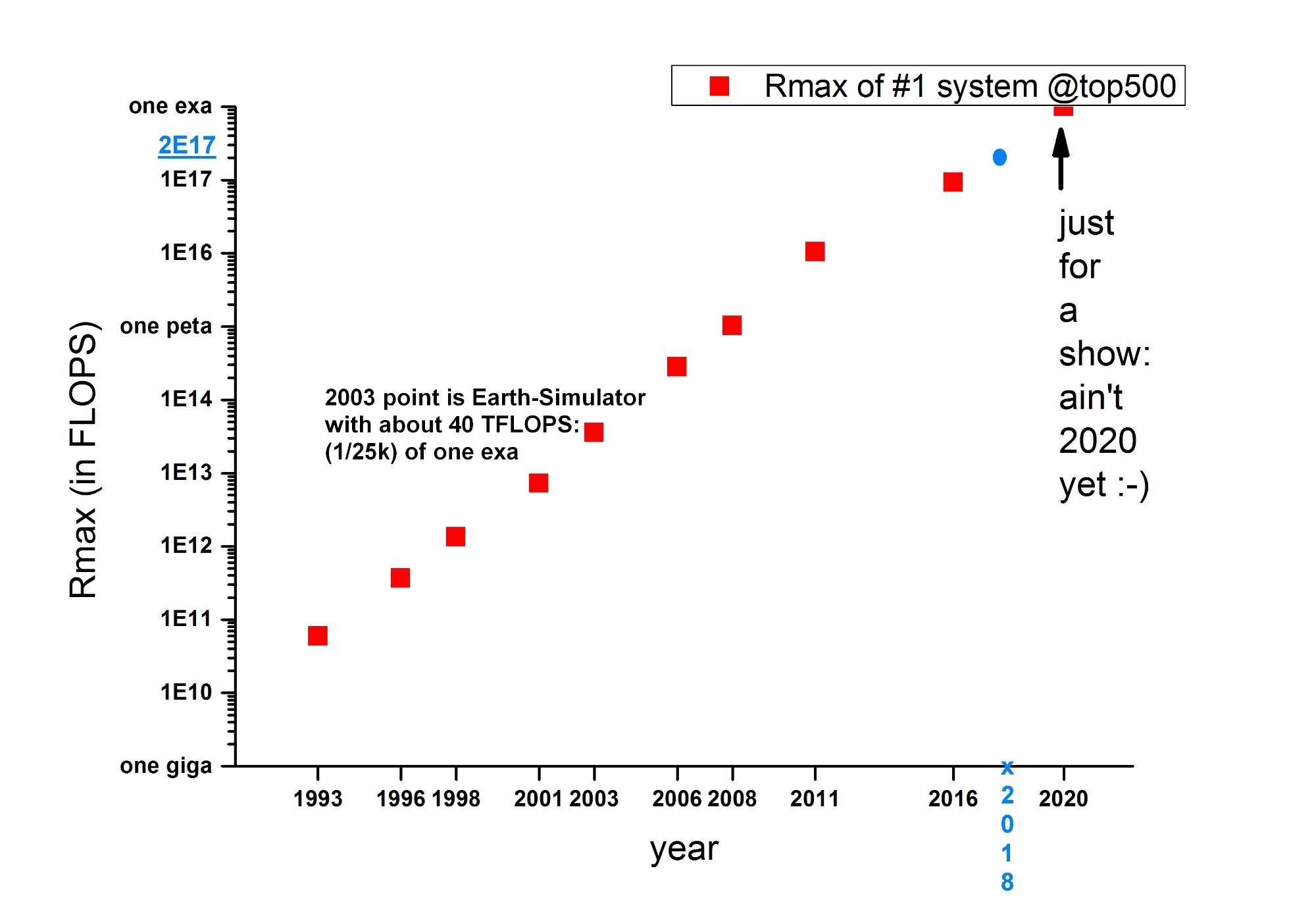The US has retained its top position as the producer of the fastest supercomputers in the world, with China still second after not introducing any new machines in recent months.
Summit and Sierra, two IBM-built supercomputers, maintained their top positions for the US, followed by two Chinese systems, the Sunway TaihuLight and the Tianhe-2A, which are installed in Wuxi and Guangzhou, respectively. Frontera, located at the University of Texas, is the only new supercomputer in the top 10, according to the latest Top500 list.
The ability to produce state-of-the-art supercomputers is an important metric of any nation’s technical prowess as they are widely deployed for tasks ranging from weather prediction, modelling ocean currents to energy technology and simulating nuclear explosions. Demand for supercomputing in commercial applications is also on the rise, driven by developments in artificial intelligence.
China is planning a multibillion-dollar investment to upgrade its supercomputer infrastructure to regain leadership after the US took top spot for the fastest supercomputer in 2018, ending China’s five-year dominance, the South China Morning Post reported in March, citing people familiar with the matter.
China is aiming for its newest Shuguang supercomputers to operate about 50 per cent faster than the current best US machine – the Summit – which if all goes to plan, should help China take the title back from the US in this year’s rankings of the world’s fastest machines, according to the Post report.
The Top500 list is released twice a year, once in June and again in November.
China and the US still dominate when it comes to the world’s fastest supercomputers, owning 43.8 per cent and 23.2 per cent of the top systems globally respectively, according to the latest Top500. This compares with the 45.4 per cent and 21.8 per cent owned by the two countries in the previous ranking, released seven months ago.
Japan ranks as the third-fastest in computing systems, owning a 5.8 per cent share.
In China, the Qingdao National Laboratory for Marine Science and Technology, the National Supercomputing Centre of Tianjin and National Supercomputing Centre in Shenzhen are expected to complete their upgrade to exascale computing machines in 2020, 2021 and 2022, respectively, as part of efforts by China for “continuous leadership” in supercomputing, the Post reported in March.

